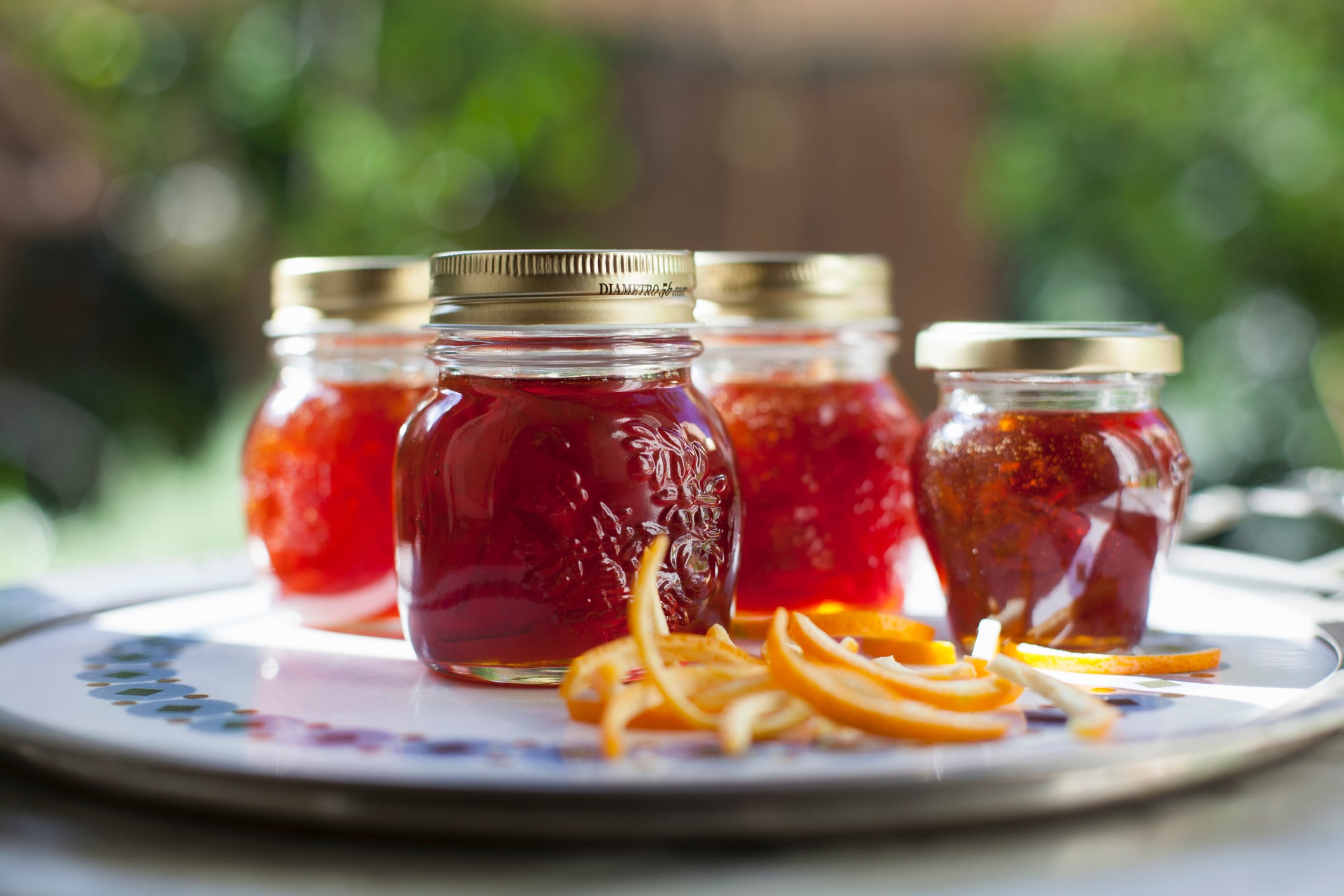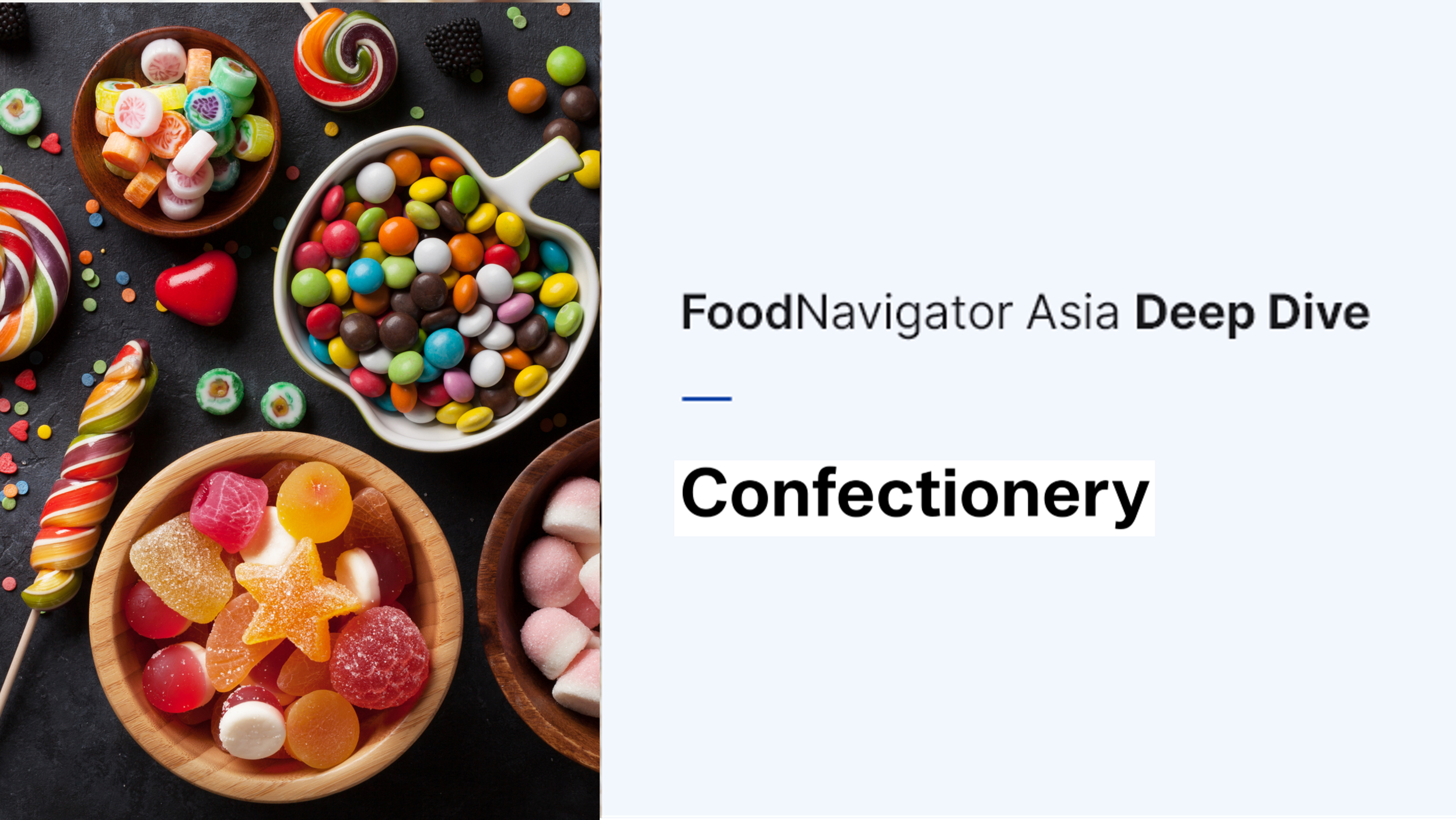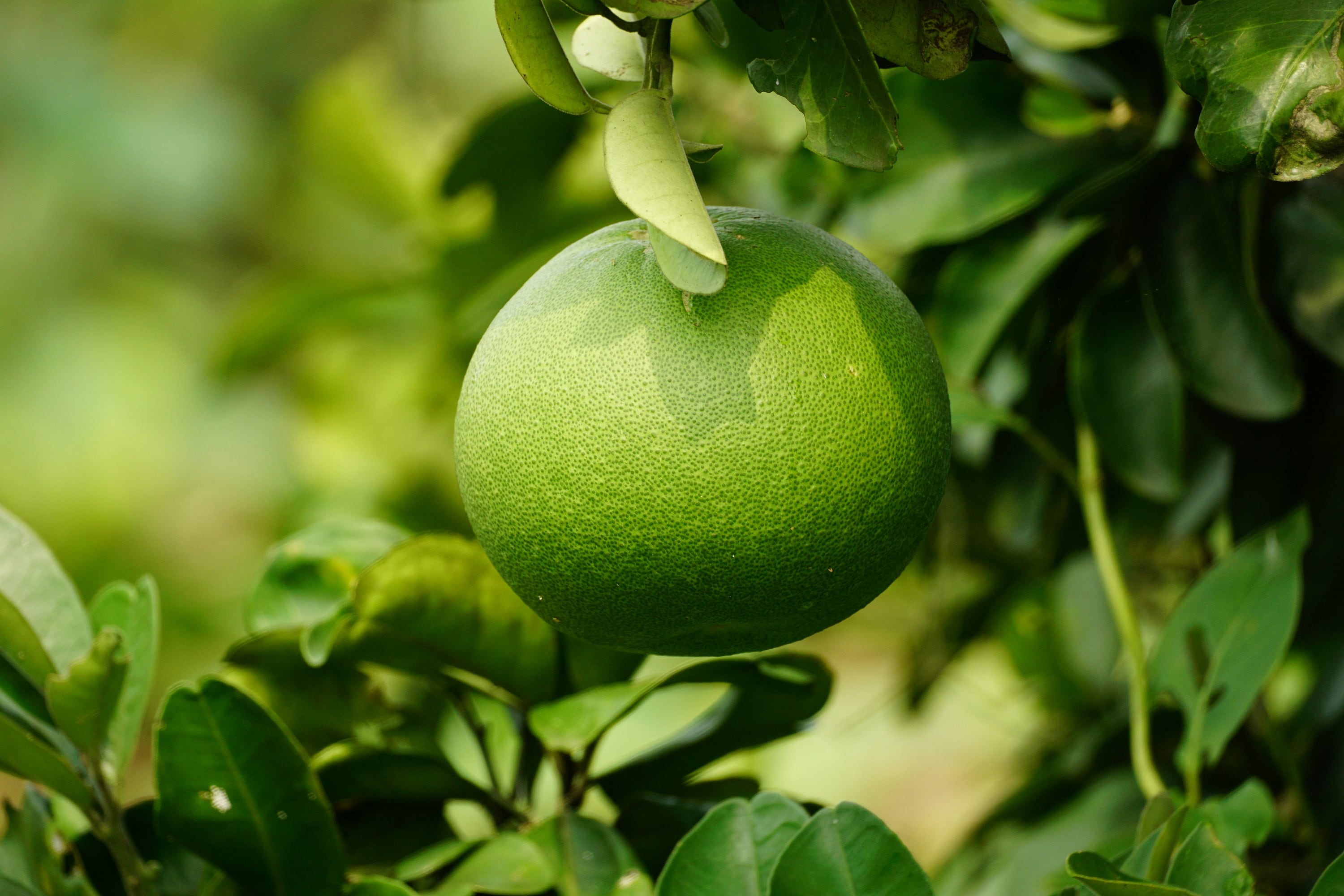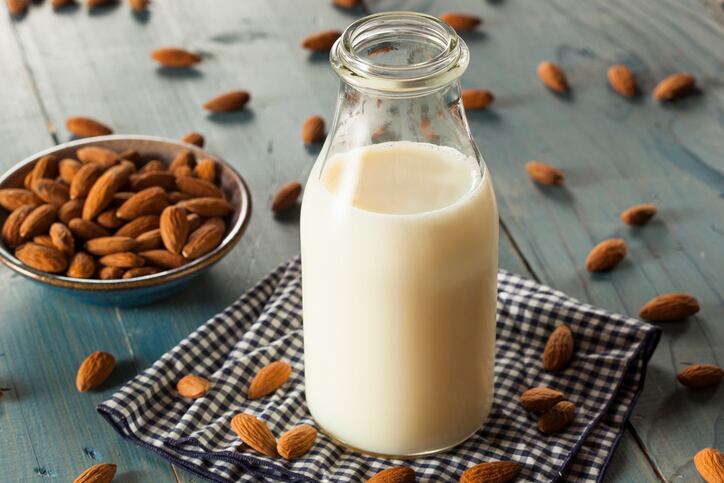Previously, the definition for fruit-based spreads was broadly similar across categories, resulting in products with different fruit content all being described as the same.
The amended standards now mandate manufacturers to hit specific amounts of fruit content, before being allowed to label their items as jams, jellies or marmalades.
“The Ministry of Public Health has determined that it is necessary to amend the previous standards for jams, jellies and marmalades sold in sealed containers in Thailand, in order to be aligned with international standards,” Thailand Minister of Public Health Somsak Thepsuthin said via a formal statement.
“The standards will also differ according to the number of types of fruits that the end-product contains – for general jams and jellies that contain one type of fruit, end-products must contain not less than 35% of fruit by weight in order to label these items as jams or jellies.
“However, this content can be reduced to 25% for products made with blackcurrant, mango, quince, rambutan, redcurrant, rosehip, roselle, rowanberry or sea buckthorn; 20% for soursop or cranberry;15% for banana, guava, jackfruit, sapodilla, cempedak or ginger; 10% for durian; and 5% for tamarind, passion fruit or other fruits with high acidity.
“For mixed products with two types of fruit, the main fruit must make up at least 50% of the overall fruit content – which must still be in accordance with the content specified above. If both fruits make up the same amount, then the final product must be named according to the fruit with the highest fruit pulp concentration.”
This would mean that in the case of a mixed jam containing blueberries (an expensive fruit in Thailand) and mangoes (relatively cheaper) with a higher content of the latter, the end-product would need to highlight mangoes over blueberries as the main ingredient.
This serves to avoid consumer misunderstanding.
Similar standards also apply for mixed jams and jellies containing three types of fruits (with the main fruit content being not less than 33.33% of total fruit content), or four types of fruits (25%).
“If jam and jelly manufacturers wish to highlight their products as having high amounts of fruit pulp, the end-product must not only adhere to the previous requirements but also have no less than 45% fruit content by weight in general (compared to 35% in regular items),” he added.
Marmalade standards
For marmalade products, the ministry has specified different standards according to whether these are made using citrus or non-citrus fruits with even stricter requirements for pulp content.
“Marmalade made from citrus fruits must contain not less than 20% by weight of the amount of specified fruit, of which the fruit pulp (endocarp) must be not less than 7.5%,” it stated.
“For non-citrus fruit marmalade, this fruit content must be not less than 30% by weight, with ginger marmalade requiring a higher content of 33%.
“Marmalade jellies on the other hand must contain not less than 20% of real fruit juice by weight in the final product; and the use of flavouring agents are limited to only the type of fruit used or mint, cinnamon and vanilla.”
Labelling standards have also been tightened for the fruit-based spreads category, in order to increase readability and clarity for consumers.
“ Labels must include the name of the jam, jelly or marmalade on the label [and mixed products must] indicate the name of the fruits used in descending order of quantity.”
The new standards have been implemented but manufacturers and importers of jam, jelly and marmalade products have been given 18 months until approximately August 2026 to transition and change their product content and/or labels accordingly.





